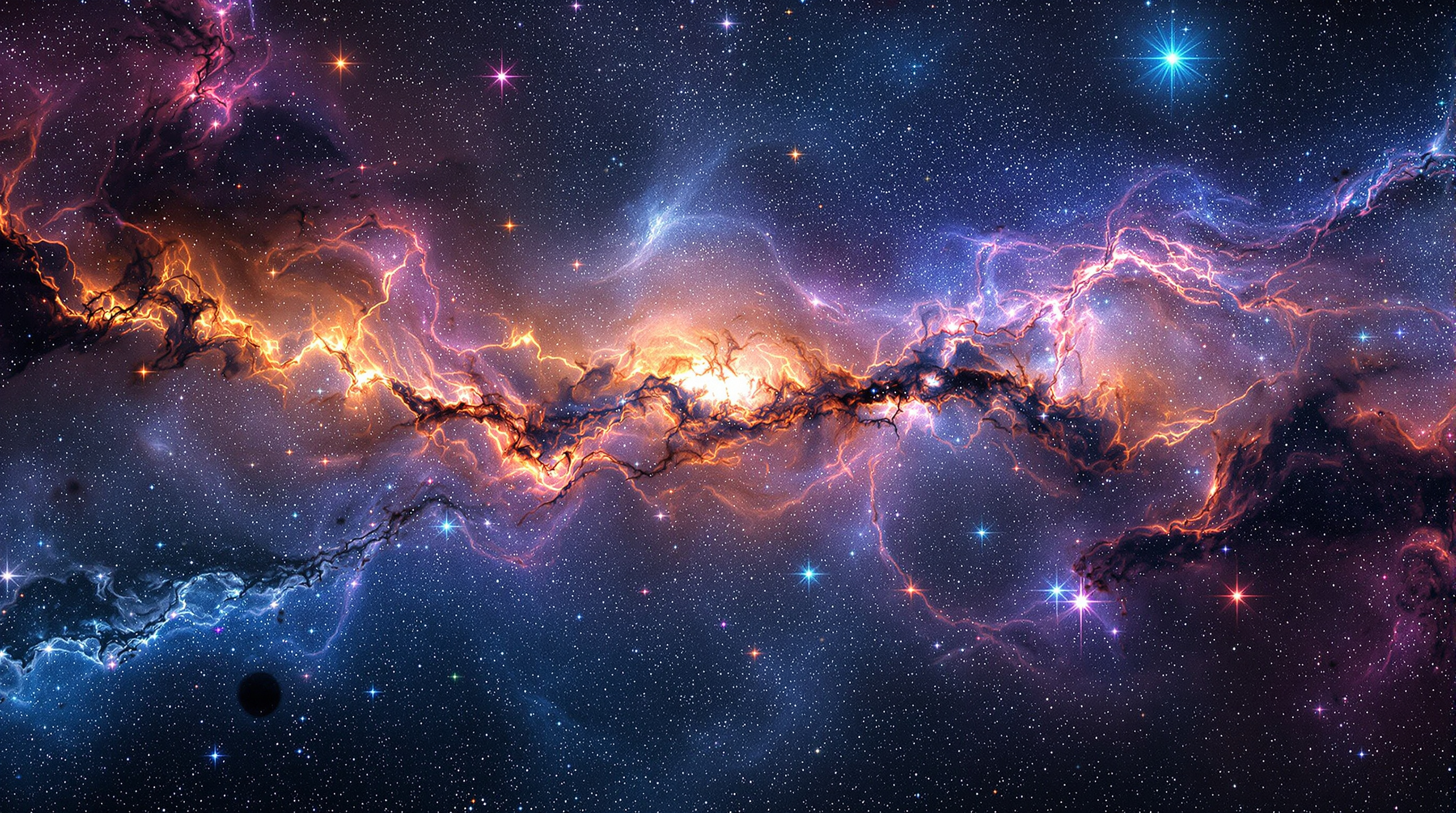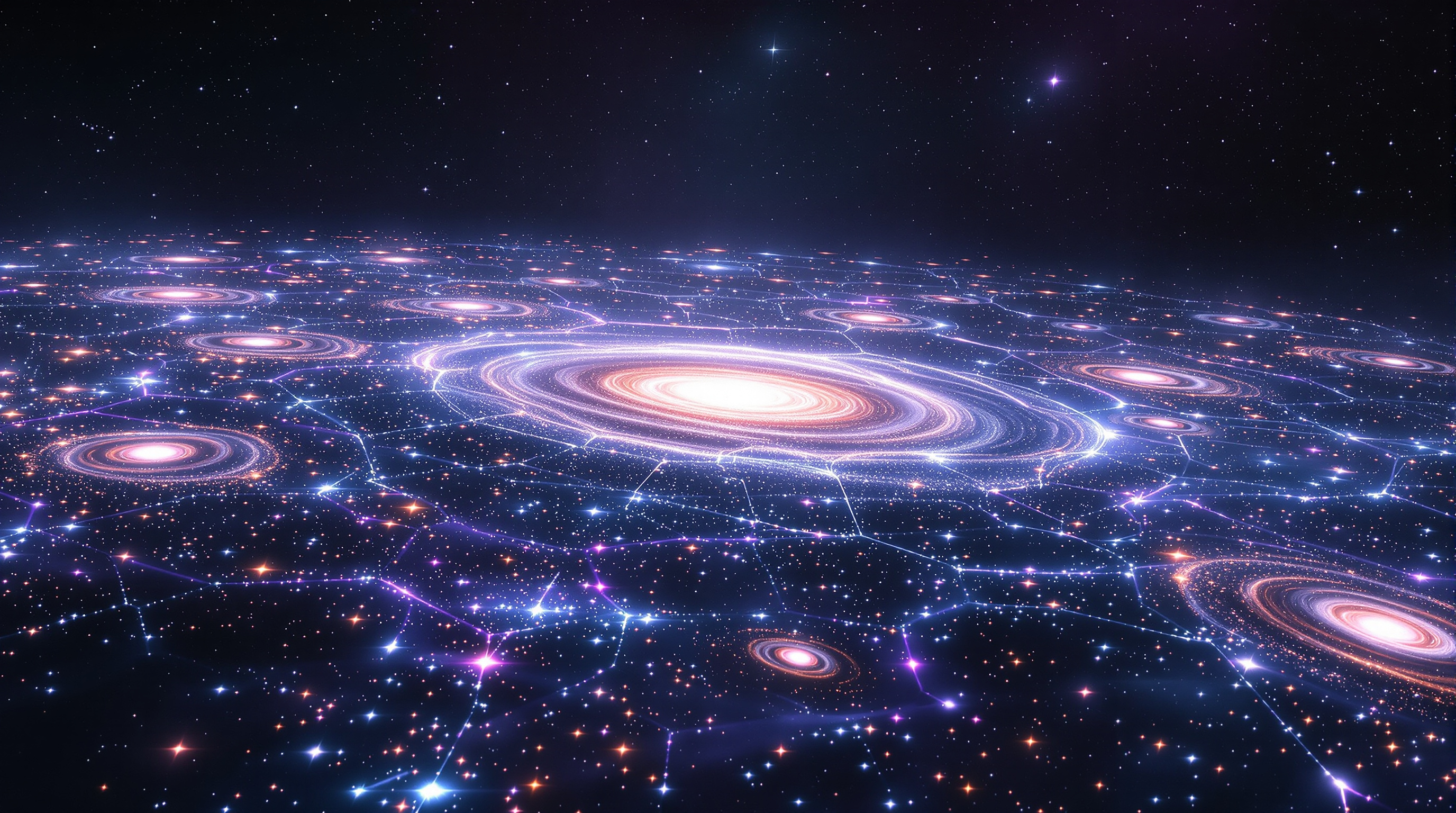In 1989 and 1990, astronomers made discoveries that fundamentally challenged our understanding of the universe's structure. The identification of the "Great Wall" - a vast sheet of galaxies stretching across 500 million light-years - and other enormous cosmic structures raised profound questions about cosmic evolution and the age of the universe.
These immense structures, including the Sloan Great Wall discovered in 2003, span distances so vast that conventional theories struggle to explain their formation within the standard cosmological timeframe. According to Big Bang cosmology, these structures would require billions of years to form through gravitational attraction, yet their very existence suggests a more complex picture.
The Discovery of Cosmic Walls
The Great Wall, first identified by Margaret Geller and John Huchra, consists of thousands of galaxies arranged in a sheet-like structure. This discovery was revolutionary because it demonstrated that galaxies are not randomly distributed throughout space, but instead form elaborate patterns - walls, filaments, and voids - on the largest observable scales.
What makes these structures particularly intriguing from a creation science perspective is the speed at which such formations would need to occur. The gravitational forces responsible for galaxy clustering operate slowly compared to cosmic timescales, suggesting that either these structures formed much more rapidly than conventional models predict, or they were created in their current configuration.

The cosmic web reveals hierarchical organization on the largest scales
Implications for Cosmological Models
The existence of these superstructures presents several challenges to standard cosmological theory. First, the time required for gravity to pull together such massive structures appears inconsistent with the proposed age of the universe. Second, the uniformity of the cosmic microwave background radiation suggests an initially smooth universe, making the formation of such lumpy, structured matter difficult to explain.
Creation scientists propose that these observations better align with a young universe created with structure already in place. The Biblical account in Genesis describes God creating the stars "in their kinds," which could include pre-formed cosmic structures serving specific purposes in the created order.
Modern Observations and Continuing Discovery
Since the initial discoveries, astronomers have identified even larger structures, including the Hercules-Corona Borealis Great Wall, which spans approximately 10 billion light-years. Each new discovery pushes the boundaries of what conventional cosmology can accommodate while remaining consistent with its foundational assumptions.
These findings demonstrate that the universe exhibits order and structure on all scales, from the smallest particles to the largest cosmic architecture. This hierarchical organization reflects intelligent design rather than random processes operating over vast time periods.
The study of these cosmic structures continues to yield valuable insights into the nature of creation, challenging us to think deeply about the universe's origin, structure, and purpose. As our observational capabilities improve, we can expect to discover even more evidence of the intricate design woven throughout the cosmos.
